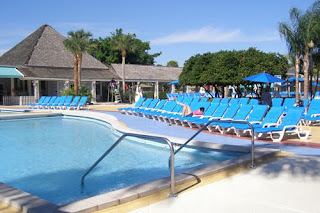Worthwhile Present and Incredible Future at Club Med Sandpiper

Though I have been to more all- inclusives than I can count, I was a Club Med virgin. Everyone told me that Club Med Sandpiper wasn’t the best example for my “first,” but when the opportunity to go there presented itself, I really wanted to give it a try. There are many reasons why Club Med Sandpiper isn’t a good example of the company, which began in 1950 as the first all-inclusive chain and now has 57 resorts around the world. They didn’t originally include drinks as part of the plan and the idea was for minimal furnishings and group dining. They have evolved over the years, altering plans to include drinks and less communal meals. They have also continually renovated resorts. And Club Med Sandpiper is last on the list. For awhile, it looked like they weren’t going to keep the only remaining (there used to be a resort in Colorado) Club Med on U.S. soil, but this complex in St. Lucie, Florida was meant to stay. The plan changed with the idea that this property w







